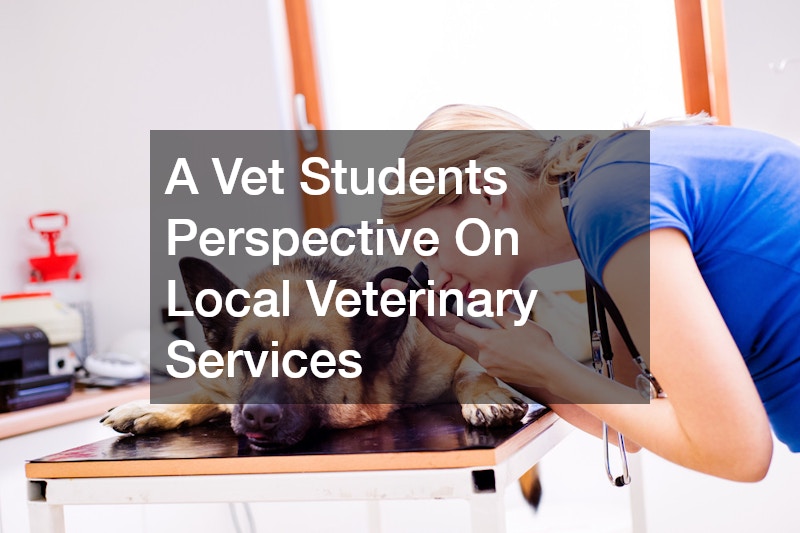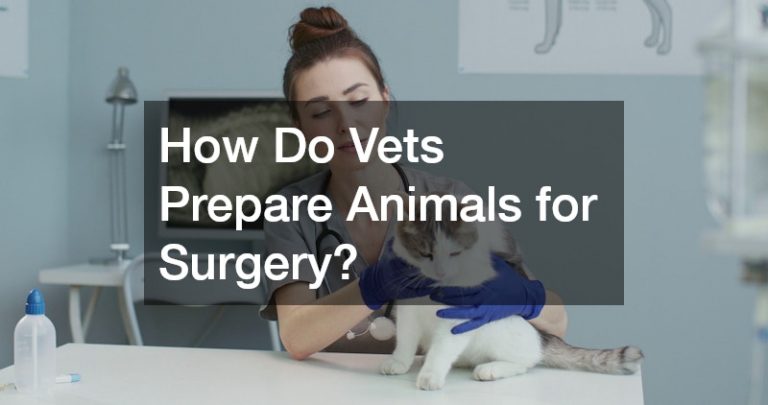

Embarking on the path to becoming a veterinarian means diving deep into the intricacies of animal care, and as a vet student, my experiences with local veterinary services have become a crucial part of my journey. Observing how clinics operate, understanding the various challenges faced by vets, and gaining hands-on experience have shaped my views on what makes a veterinary service truly effective. This blog post delves into the elements that enhance local veterinary services from my perspective as a budding vet.
Rotations
One of the key aspects I’ve learned is the importance of personalized care. During my rotations at several local pet clinics, it’s evident that no two animals are the same, and personalized treatment plans significantly improve outcomes. Just like in human healthcare, recognizing the unique needs of each animal—considering their breed, age, and medical history—makes a substantial difference. This personal approach fosters trust with pet owners and ensures the best possible care for their beloved pets. As a student, seeing this in action has underscored the importance of individualized care. It has also inspired me to continue developing the skills needed to tailor treatment strategies for each patient.
Affordability
Accessibility and affordability of veterinary services are critical issues that cannot be overlooked. While shadowing veterinarians, I observed that many pet owners struggle with the costs associated with animal healthcare, which can lead to delayed treatments. Clinics that offer flexible payment plans or community discount programs play an instrumental role in bridging this gap. It’s vital to ensure that high-quality care remains within reach for all pet owners, regardless of financial constraints. Understanding these dynamics has emphasized the need for creative solutions in veterinary financing. This experience has shown me how financial barriers directly impact animal health and the decision-making process of pet owners.
Community Outreach

Community engagement is another vital element of successful local veterinary clinics. Through outreach programs and educational workshops, clinics can promote preventive care and spread awareness about animal health. I had an opportunity to participate in a vaccination drive organized by one local practice, and the overwhelming response was a testament to how much communities value these initiatives. Engaging actively with pet owners and the wider community cultivates a culture of care and responsibility towards animals. These efforts strengthen the bond between clinics and the communities they serve, making veterinary care more approachable and trusted.
Technology
The integration of technology into veterinary services is advancing rapidly, bringing about significant enhancements in diagnostic and treatment capabilities. I’ve witnessed how tools like telemedicine and advanced diagnostic equipment, such as digital X-rays and in-house laboratory facilities, add tremendous value to a practice. They not only increase the accuracy of diagnoses but also expedite treatment plans, improving outcomes for pets. For a vet student, exposure to these technologies offers invaluable insight into the future of veterinary care. It also highlights the importance of staying current with emerging innovations to provide the highest level of care. As technology continues to evolve, veterinarians will need to adapt quickly to ensure they are delivering the most effective solutions for their patients.
Atmophere
Lastly, the environment of the clinic and the attitude of the staff contribute immensely to both client satisfaction and animal well-being. A warm, welcoming atmosphere combined with compassionate, knowledgeable staff can alleviate the anxiety of both pets and their owners. A positive work environment is also crucial for the mental health and job satisfaction of veterinary workers, fostering collaboration and continued professional development. These factors are fundamentally intertwined and form the backbone of a thriving veterinary practice. When clients see their pets treated with kindness and patience, they develop lasting trust in the clinic. For staff, a supportive and respectful workplace culture encourages long-term commitment and better overall performance.
My experiences as a vet student have given me a panoramic view of the multifaceted world of veterinary services. Elements such as personalized care, accessibility, community involvement, technological integration, and a supportive environment are pivotal in shaping effective veterinary practices. As I progress in my education and eventually enter the professional world, these insights will undoubtedly guide my approach to animal care. The veterinary landscape is evolving, and with it comes new opportunities to enhance the quality and reach of local veterinary services.


